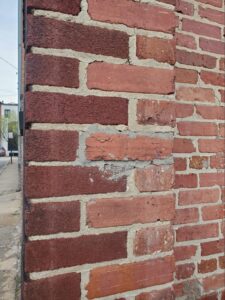
Common Brick vs Pressed Brick Side-by-Side
We recently looked at the brick facade of an interesting building. Two different types of bricks have been used in the facade construction. At the
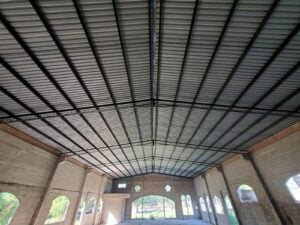
Case Study of a Large Block Masonry Building Shell – Part II of II
Last week, we had the opportunity to take a look at the shell of an old block building that has been in disrepair for many
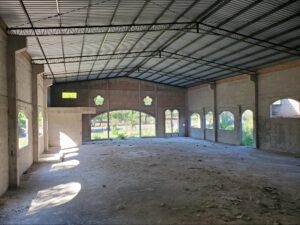
Case Study of a Large Block Masonry Building Shell – Part I of II
Today, we had the opportunity to take a look at the shell of an old block building that has been in disrepair for many years.
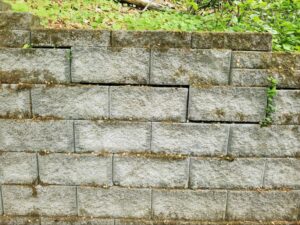
Interlocking CMU Retaining Walls
Our website and blog focus a lot on repointing and tuckpointing of historic masonry, in fact we have posted some of the most extensive information
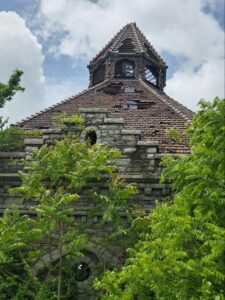
Clifton Park Valve House
Today we’re taking a look at an interesting building in Baltimore Maryland, the Clifton Park Valve House, also known as the Lake Clifton Gate House
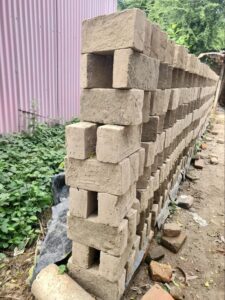
Traditional Brickmaking – Part II
This past week we started a really exciting series on historic brickmaking for which we went and took a look at a traditional type of
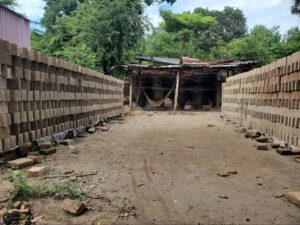
Traditional Brickmaking – Part I
Our company’s work is largely focused on historic masonry restoration, and over the past few years we’ve talked a lot about the exploration and understanding
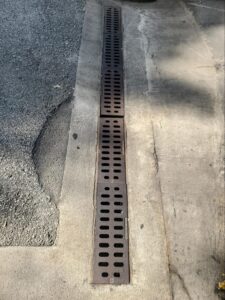
Trench drains in walkways and roadways
A few weeks back, we took a look at a linear trench drain at an areaway at a well leading to an entry at a
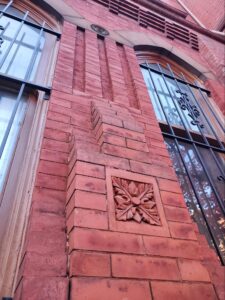
Unique Elements of Historic Brick Architecture – PART II
A few weeks back, in the article in the following link, we took a look at several elements of historic building facades which are unique
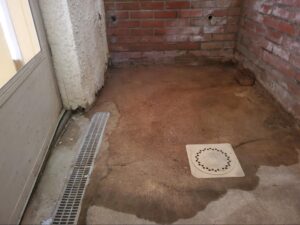
Areaway Drains – Part I
Last week, we published an article starting a conversation about several fundamental aspects of basement foundations and waterproofing. Not all houses in Washington, DC or
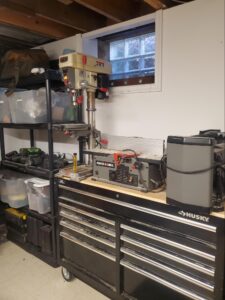
Basement Window Wells – PART I
Over the next month or so we’re going to talk about several fundamental aspects of basement foundations and waterproofing. Not all houses in Washington, DC
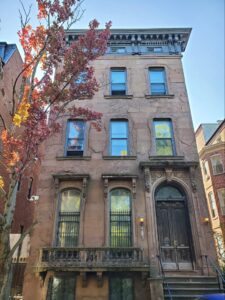
Unique Elements of Historic Brick Architecture – PART I
Today, we are starting a multi-part series on the unique elements of historic brick architecture that are not easily effectively replicated in modern or contemporary
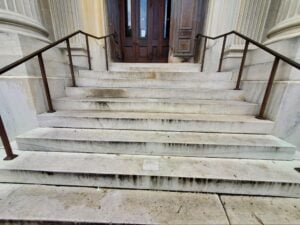
Dutchman repairs in stone stair treads
In the past we’ve discussed a variety of different types of repairs to masonry construction. Some of the main restoration types include repointing and tuckpointing
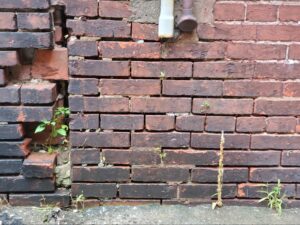
How Brick Repointing Can Prevent Detrimental Failure – PART II
This past week, we started a discussion on the topic of how brick repointing and restoration in historic masonry can prevent detrimental failure. Masonry deteriorates
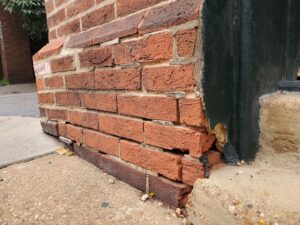
How Brick Repointing Can Prevent Detrimental Failure
In an article last week, we looked at the issues of insidious damage in historic brick walls. This week we are looking at how proper
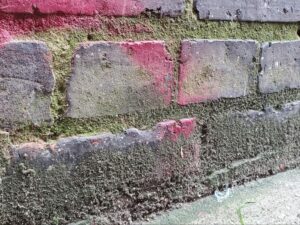
Insidious Damage in a Historic Brick Wall
How Does Insidious Damage In A Historic Brick Wall Look Like? In an article two weeks ago, we looked at the issues of structural rigidity
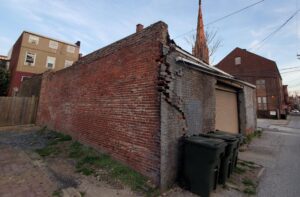
Lateral Deflection in a Historic Carriage House
Today we’re taking a look at urban historic brick carriage Houses. The ones that remain today are often built from historic brick masonry. Often they
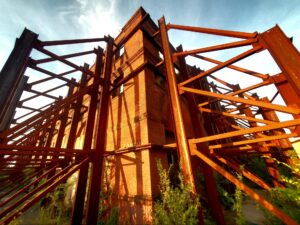
Structural Rigidity In A Historic Brick Wall
Understanding Structural Rigidity in Historic Brick Walls: Signs, Causes, and Preservation Tips Why do historic brick walls crack, bow, or fail over time? One major
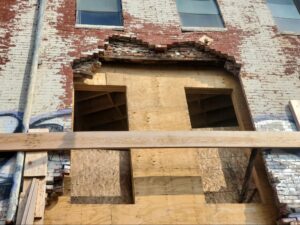
Top Historic Masonry Repointing FAQs – Part II
This week we looked at five of the most common frequently asked questions (FAQ’s) related to historic brick masonry restoration in Washington DC. Those questions
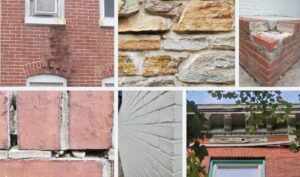
Top Historic Masonry Repointing FAQs – Part I
Today we will discuss some of the top FAQ’s for historic brick tuckpointing or repointing for buildings like the historic row homes of Washington, DC
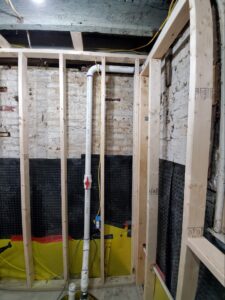
Deterioration of Masonry Foundations In The Presence of Moisture – Part II
This week we picking up and covering the second part of a discussion looking closely at case studies and the principles of masonry foundation decay
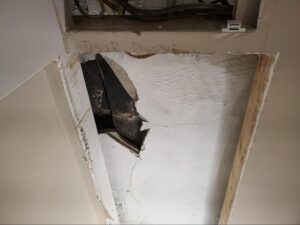
Deterioration of Masonry Foundations In The Presence of Moisture
How Does Presence of Moisture Cause Deterioration of Masonry Foundations? In the past two weeks we’ve talked about topics related to decay, deterioration, and natural
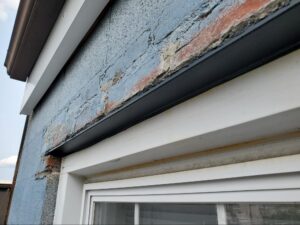
Entropy In Historic Masonry Facades And Structures
Entropy and decay are natural, part of deterioration of historic buildings but when managed proactively masonry facades can be effectively preserved The outline of today’s
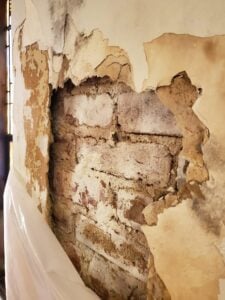
Trapped Residual Moisture In Masonry Walls – Part I
How Does Residual Moisture In Masonry Walls Affect Its Quality? Today, we share the first post in a four-part series on building decay and deterioration,
